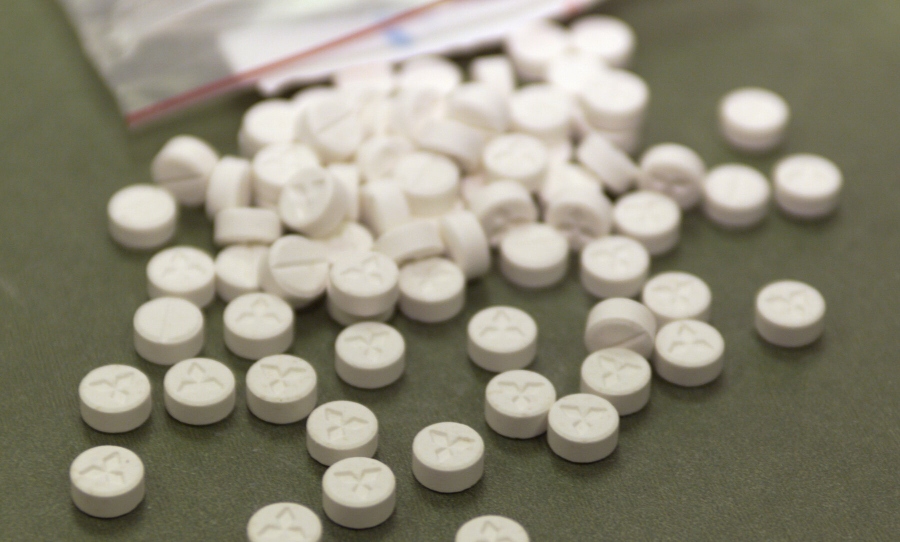Researchers have successfully trained computers to predict the next ‘designer’ drugs before they are even on the market.
The research, which was undertaken with help from the University of British Columbia (UBC) and other universities, could be a lifesaving technology, potentially helping to reduce the time it takes to identify drugs from months to just days.
Designer drugs are substances designed to purposefully skirt the law, typically mimicking pharmacological effects of an ‘original’ drug, while managing to avoid classification as illegal and/or detection in standard drug tests due to the difference in the chemical structure.

Identifying these technically legal highs within seized pills or powders can take months, during which time thousands of people may have already used a new designer drug. By reducing this time to days, potential fatalities could be avoided.
Some designer drugs include new versions of bath salts and synthetic opioids.
“There is an entire world of chemical ‘dark matter’ just beyond our fingertips right now. I think there is a huge opportunity for the right AI tools to shine a light on this unknown chemical world,” Dr Michael Skinnider said in a press release.
There is a world of chemical ‘dark matter’ ahead of us because of the rise of A.I.
I also told this to 1000 #pharma employees at a virtual event.
If I were the head of a pharma company, I would heavily invest into A.I. for #drug design and repurposing.https://t.co/N3gV3ZTWT8
— Berci Meskó, MD, PhD (@Berci) November 17, 2021
Using collected data on illicit drugs from around the world, the computer was trained to come up with new drugs that haven’t been created yet and managed to generate over 8.9 million different chemical designs.
Now that the computer can predict what chemicals are likely to appear in the near future, law agencies and public health officials have a better more efficient way of identifying substances. Previously it would take months or longer to properly identify a new designer drug after it had been found by authorities.
#UBC researchers have trained computers to predict the next designer drugs before they are even on the market, technology that could save lives. https://t.co/ebeKuii7kF pic.twitter.com/UqTdsAmQp5
— University of British Columbia (@UBC) November 15, 2021
The computer also did more than just identify the structures; it also managed to predict which were the most likely to appear in the marketplace.
While the technology is being used to identify drugs, for now, it might also have other uses in researching molecular structures.



